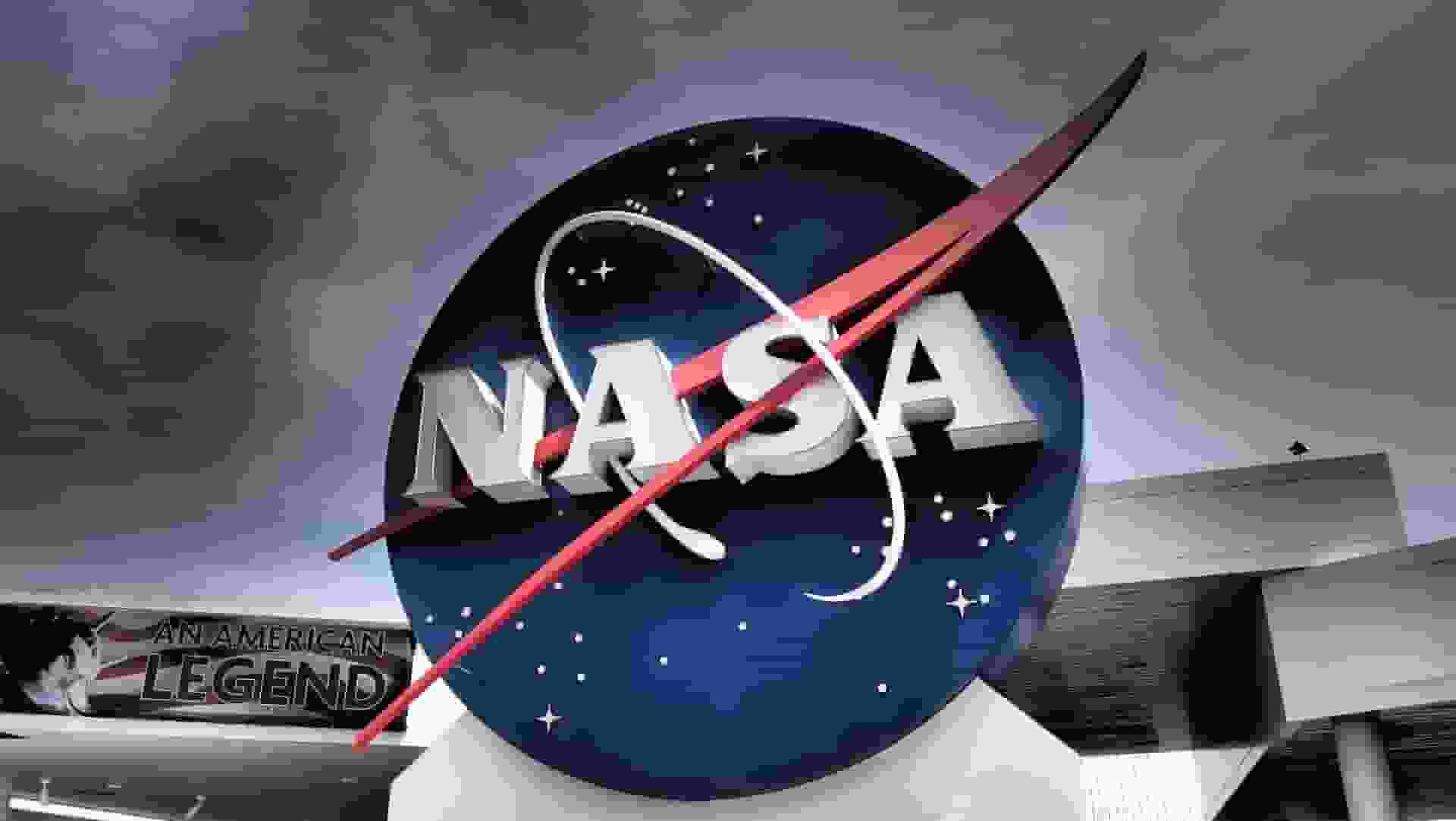
A NASA satellite that was intended to closely monitor greenhouse gases over the Americas has been scrapped because it became too expensive and complex.
The GeoCarb project, a planned low-cost satellite to track changes in plant life, methane, and carbon dioxide over North and South America, was announced by NASA on Tuesday as being canceled due to cost overruns.
NASA’s Greenhouse Gas Monitoring Satellite Cost
According to NASA Earth Sciences Director Karen St. Germain, when it was first announced six years ago, it was expected to cost $166 million, but the most recent NASA data shows that expenses would rise to more than $600 million and that it was years late.
GeoCarb was intended to be at a much higher altitude of 22,236 miles (35,786 kilometers) from one fixed place in orbit and concentrate specifically on North and South America. This was in contrast to other satellites that monitor greenhouse gases from low Earth orbit and get different parts of the globe in a big picture. According to St. Germain, achieving that additional and different perspective on time and on budget proved to be too tough and expensive.
She stated the cost of the equipment alone has more than doubled, and there were non-technical problems that would have increased the cost much further. On the now-canceled program, the agency has already spent $170 million and won’t be spending anymore.
READ MORE: NASA Orion Spacecraft Sets New Record of Reaching Farthest Distance From Earth

NASA Urges to Launch Earth-Focused Mission
NASA wants to launch an Earth-focused mission that is bigger and less dangerous than the current project in place of it. In addition, she said, the European and Japanese space agencies, as well as some commercial and non-profit organizations, have methane monitoring satellites. These satellites provide the space agency with data on methane in addition to a special instrument on the International Space Station that was designed to study mineral dust but is also monitoring the potent greenhouse gas as a bonus.
The principal greenhouse gas, carbon dioxide, is monitored by two separate NASA satellites.
On several levels, it is crucial to monitor greenhouse gases, the primary cause of global warming. It can assist in finding leakage, such as methane leaks, or it can hold firms and nations that have committed to reducing emissions accountable. In addition to governments, several private businesses now monitor greenhouse emissions via satellite.
READ MORE: Lunar Orbit: NASA Aims To Send Astronauts That Will Live, work on Moon’s Surface

